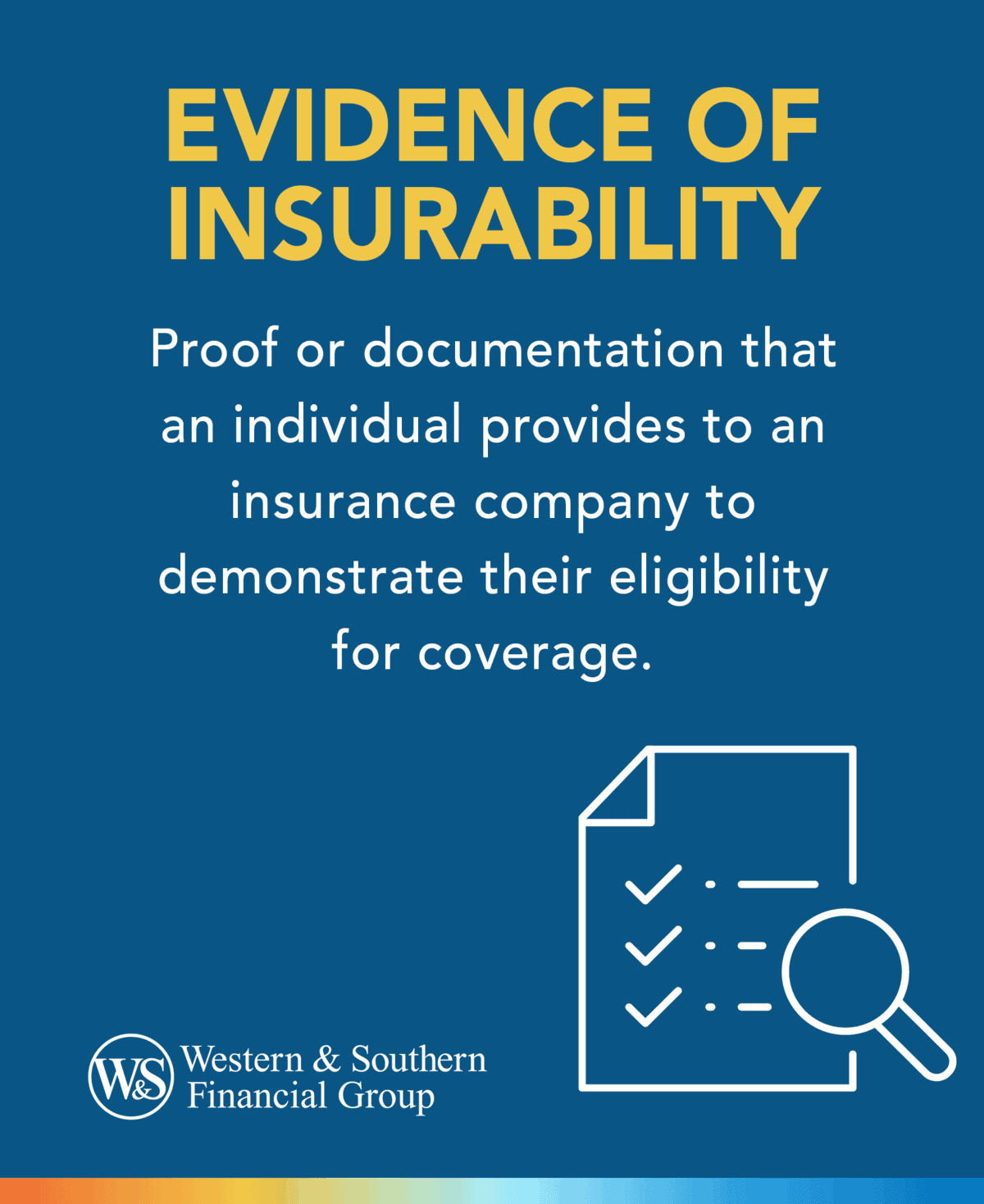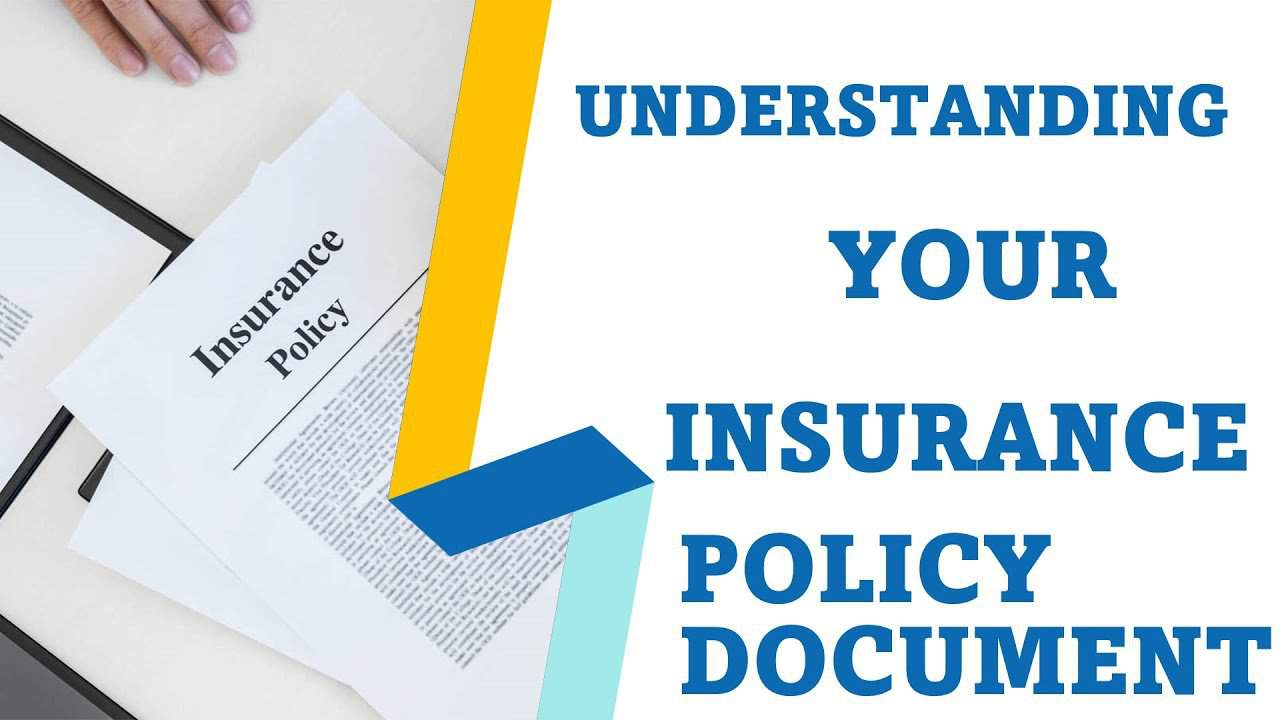Understanding the Link Between Insurance and Documentation
In the thrilling world of insurance, documentation is crucial, and understanding its importance can significantly simplify your journey. “Understanding the Link Between Insurance and Documentation” is tailored for you, with valuable insights that aim to equip you with the necessary knowledge to navigate the insurance landscape. By unraveling the intertwined world of insurance and documentation, the article seeks to shed light on the critical role of paperwork that often seems overwhelming. Experience a smoother and more assured path through your insurance dealings, once you comprehend the crucial link between these twin aspects. Be ready to be enlightened!

Definition of Insurance and Documentation
Insurance, as you are already aware, is a contractual arrangement where one party (the insurer) agrees to take on a specified risk of another party (the insured) in return for a premium. Your insurance policy allows you to share the financial loss resulting from a particular event, such as a car accident or a health issue, with the insurer.
On the other hand, documentation in the field of insurance is an essential aspect that can’t be overlooked.
Documentation includes various forms, agreements, amendments, endorsements, or certificates which outline the contractual obligations, terms, and conditions between you and the insurance company. This vital information forms the backbone of your policy; it clearly defines your rights and obligations, coverage limits, beneficiary details, etc.
Role of Documentation in Insurance
Evidence of Insurance Agreement
Insurance documentation provides hard proof of your agreement with the insurer. Your written documents assure you’re covered against the losses stipulated in the contract. The insurer may rely on these documents to confirm your policy specifics such as the extent of coverage, premium amount, and policy term, among other details.
Assessment of Risk
Insurances are fundamentally about managing risk. The documentation helps the insurer to assess the risk related to your application. Through the detailed information you provide in these documents, your insurer can effectively determine the premium amount against the perceived risk.
Settlement of Claims
In the event of a claim, your insurance documents will help determine the rightful claim amount. Your claim forms, along with supporting documents like bills, invoices, etc., act as evidence for the reported loss and expedite the claim settlement process.

Types of Insurance Documentation
Insurance Policy
The insurance policy, which is the primary document in any insurance transaction, will clearly list out the terms and conditions of the insurance contract. It will detail the exact risks covered, the exclusions, the insured’s rights and obligations, and the premium to be paid.
Insurance Certificate
Insurance certificates serve as proof of your insurance coverage. It is a shorter version of your policy and includes vital details such as your policy number, coverage period, and insured amount.
Insurance Card
An insurance card is another portable proof of insurance. For instance, health insurers often issue cards that you can present at hospitals or clinics to avail of cashless service.
Claims Forms
Claims forms allow you to request compensation for your loss. This document lets you report the details of the incident and the extent of the loss claimed.
The Legal Importance of Insurance Documents
Proof of Insurance
Insurance documents serve as a legal proof of your policy. In case of a dispute or a misunderstanding, these written evidences would substantiate your claims and protect your interests.
Legal Requirement in Certain Cases
In some circumstances, like when driving a car or running a business, you may be legally required to hold insurance and present proof of it. Your insurance documents would help you comply with these legal stipulations.
Effecting Legal Rights
Insurance documents establish the legal obligations of you and the insurer. They clearly lay out the situations or losses against which the insurer is legally bound to compensate you.

Importance of Accurate Documentation in Insurance
Risk Assessment
Accurate documentation helps in correct risk assessment. If the documents you submit aren’t accurate, the insurer, and consequently you, might end up bearing risks that weren’t considered at the time of policy issuance.
Claims Management
Accurate documentation promotes a hassle-free claim settlement process. Clarity in documentation enables the insurer to understand the scenario correctly and settle the claim according to the terms agreed upon in the policy.
Policyholder Rights and Obligations
Your documentation outlines your rights and obligations under the policy. Accurate documents decrease the chance of any misunderstanding or confusion related to the policy clauses.
The Insurance Purchase Process and Required Documentation
Initial Application
The purchase process begins with the application form. You are required to fill in your personal details, nature and extent of coverage required, amongst other details. The insurer would evaluate these details to decide whether to accept your application or not.
Underwriting
The underwriting process comes next. This is where the insurer assesses the risk of insuring you based on the information provided in your application. Documentation such as medical reports, financial records, or even your driving records might be required for this stage.
Issuance of Policy
Once your application is accepted, the policy is issued. This legal document constitutes the binding agreement between you and the insurer.

Challenges in Insurance Documentation
Changes in Information
Sometimes there might be changes in the information previously provided. It could occur due to deliberate modifications or unintentional errors. This could lead to potential disputes or misunderstandings.
Accidental Misrepresentation
Accidental misrepresentation in the documents submitted can lead to complications. If misrepresentations are discovered, it might lead the insurer to deny your claim or even cancel your policy altogether.
Non-disclosure of Material Facts
Non-disclosure of material facts is a crucial challenge in insurance documentation. If you don’t disclose a material fact, or if you provide incomplete or false details, it could affect the claim settlement process adversely.
Digitalization of Insurance Documentation
Online Applications
With the advent of technology, applying for insurance online has become quite convenient. This lessens the paperwork involved and makes the process faster.
Digital Insurance Cards
Digital insurance cards offer you the convenience of carrying proof of insurance right on your smartphone. In case you need to provide proof of coverage instantly, digital cards come in handy.
E-Policies
E-policies or electronic policies are gradually replacing the traditional paper-based policies. Easy storage, quick access, and lower environmental footprint are some of the advantages of e-policies.

Role of Insurance Brokers/Agents in Documentation
Assisting in Application Process
Insurance brokers or agents assist you in understanding the application form and filling it out. They help you understand the coverage details and other aspects of the insurance contract.
Communicating Changes and Amendments
They also keep you informed about any modifications in terms and conditions of the policy, renewals, and any other updates regarding insurance.
Safekeeping of Documents
Your insurance agent might also store copies of your insurance documents for you, ensuring they’re safe and accessible when needed.
Best Practices in Management of Insurance Documents
Regular Review and Update
It is good practice to review and update your insurance documents regularly. This ensures your coverage is up-to-date and reflects your current needs.
Safe Storage
You should safely store your insurance documents, as they can be critical in case of a claim. Loss of these important papers can add to your stress during an already challenging time.
Periodic Reassessments
Insurance requirements change with time. Therefore, it’s best to reassess your coverage needs periodically. Doing so would also provide an opportunity to keep your insurance documents updated.
Conclusion
While taking up any insurance policy, the role and significance of documentation remain vital. It helps manage risk effectively and ensures the smooth handling of claims. Remember, that insurance businesses are just that, businesses. They are not in the business of losing money. Rest assured they will protect their own interests. You should do the same, by reading your entire contract and asking questions concerning anything at all you don’t understand. Rigor, responsibility, and vigilance in dealing with insurance documents can help safeguard your interests better.




